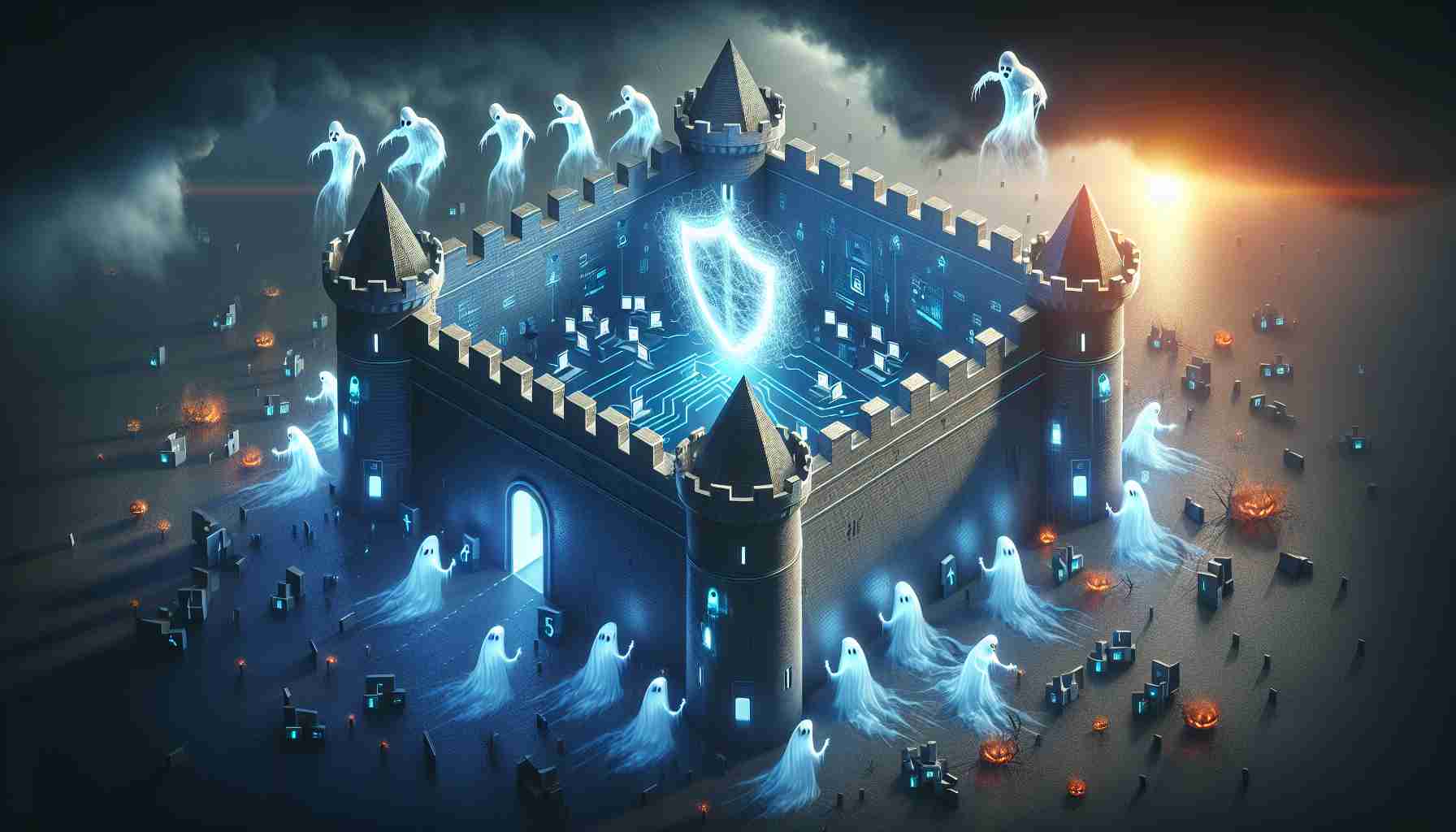
Fortum, the Finnish utility firm, is grappling with a rise in cyber threats targeting its diverse power generation assets. The company’s CEO, Markus Rauramo, reported that their facilities have been subjected to various cyberattack attempts almost daily, with some incidents involving unauthorized surveillance, such as drone activity around vital installations. Earlier this year, disruptions were noted in the satellite communications linked to their power stations.
In response to these challenges, Fortum has reached out to Finnish law enforcement agencies to initiate investigations and fortify the security around its energy resources, which encompass hydropower, wind, solar, nuclear energy, and heating facilities. Extensive measures have been implemented to bolster defenses, including enhanced access controls, the hiring of security personnel, and the establishment of backup systems, alongside preparedness drills in collaboration with local authorities.
The head of security for Fortum, Jari Steniu, acknowledged that while the frequency of attempted breaches is increasing, the overall disruption to their operations remains minimal. These security concerns for the utility have emerged during a broader trend, where cyberattacks on energy infrastructure globally have intensified.
According to recent reports, utilities faced a higher number of cyber intrusions in early 2024 compared to previous years, prompting experts to emphasize the need for robust cybersecurity measures in the evolving energy landscape.
Fortum Faces Surge in Cybersecurity Threats: A Closer Look at the Challenges Ahead
As the digital landscape continues to evolve, Fortum, the renowned Finnish utility company, is encountering a dramatic surge in cybersecurity threats aimed at its extensive power generation framework. While much of the discourse has centered on specific incidents and responses, understanding the broader implications of this challenge reveals essential questions that demand answers.
What Types of Cybersecurity Threats is Fortum Facing?
Fortum’s cybersecurity landscape includes a variety of threats such as ransomware attacks, phishing attempts, and, as noted, unauthorized surveillance tactics, including unauthorized drone activity. Cyber adversaries are increasingly using sophisticated methods to infiltrate critical infrastructure, which makes it essential for Fortum to adopt a proactive and layered cybersecurity strategy.
What Key Vulnerabilities Exist within Fortum’s Infrastructure?
The complexity of Fortum’s energy portfolio, which includes power generation from hydropower, wind, solar, nuclear, and heating facilities, creates specific challenges. Each type of infrastructure may have different vulnerabilities; for example, the integration of legacy systems in nuclear plants can present substantial cybersecurity risks. Moreover, reliance on interconnected technology facilitates entry points for cyber threats, underscoring the need for comprehensive risk assessments.
Advantages and Disadvantages of Fortum’s Cybersecurity Measures
Advantages of Fortum’s enhanced cybersecurity measures include improved control over access and monitoring systems, which can effectively deter unauthorized activities. The investment in security personnel and technology represents a commitment to safeguarding critical assets and enhances the overall resilience of the infrastructure.
However, the disadvantages cannot be overlooked. Increased security measures might result in higher operational costs, potentially impacting electricity pricing for consumers. Additionally, the focus on cybersecurity might divert attention from other pressing operational improvements or investments in renewable energy technologies.
Challenges and Controversies
One significant challenge is the balance between transparency and security. As Fortum works with government agencies and local law enforcement, the need for collaboration can clash with the desire to keep security strategies confidential to avoid revealing vulnerabilities. This balance can also lead to public concern about the state of national energy security, especially as state-sponsored cyberattacks increase.
Another controversy lies in the recovery strategies post-cyber incidents. Questions arise about who bears the responsibility for lost data, economic impacts of downtime, and the need for insurance coverage that suitably addresses modern cyber threats in the utility sector.
The Path Forward for Fortum
Going forward, Fortum must invest in sophisticated cybersecurity technologies, such as artificial intelligence and machine learning, to predict and respond to potential threats more efficiently. Strengthening employee training on cybersecurity risks and safe practices, and fostering collaboration between public and private sectors will be critical to enhancing overall security frameworks.
For more information on cybersecurity advancements and strategies relevant to the utility sector, visit Microsoft Azure for resources about cloud security, and IBM for insights into cybersecurity practices.
In conclusion, as Fortum navigates these pressing cybersecurity challenges, the emphasis on proactive measures, robust infrastructure, and strategic partnerships will be vital to ensuring the integrity and security of Finland’s energy resources. The rising tide of cyber threats necessitates a collaborative approach and relentless innovation within the cybersecurity domain.






